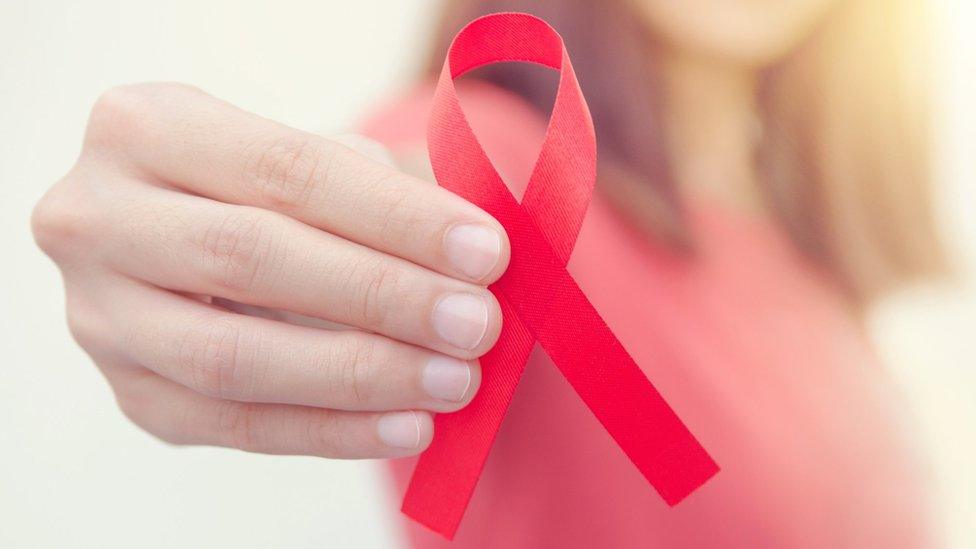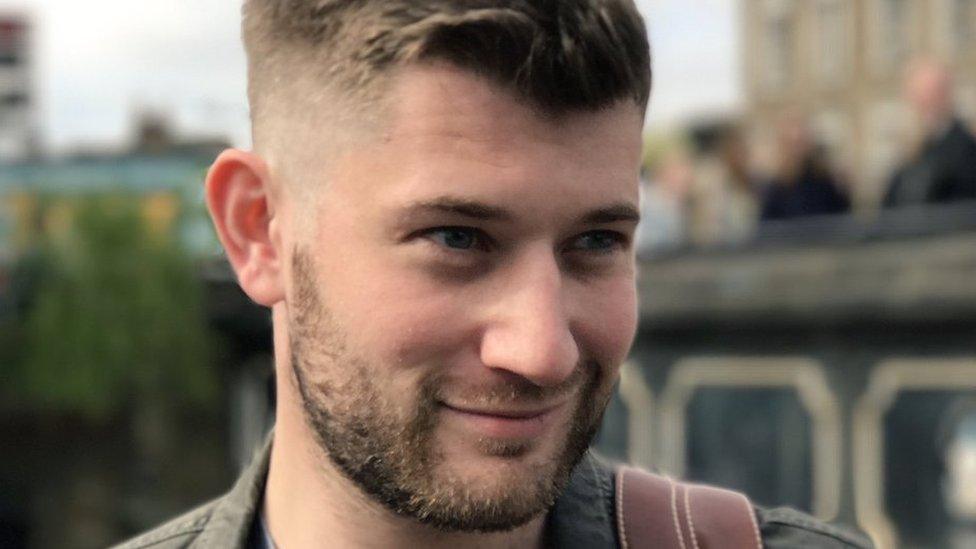Aids deaths halve as more get drugs
- Published

Deaths linked to Aids have halved in a decade, official figures shows.
The condition, which is caused by HIV, used to be one of the top 10 causes of death, external worldwide.
A report by the Joint United Nations Programme on HIV/Aids (UNAids) showed deaths had fallen from a peak of 1.9 million in 2005 to 1 million last year.
It said the "scales have tipped", with more than half of people getting drug treatment for the first time.
An HIV infection cannot be cured - it can only be contained with daily doses of antiretroviral therapy.
Unchecked, it destroys the immune system, causing Aids. At this point people tend to die from other "opportunistic infections" such as tuberculosis.
Worldwide, 36.7 million are living with HIV and 53% of them are getting the therapy that gives a near-normal life expectancy.
Michel Sidibe, the executive director of UNAids, said: "We met the 2015 target of 15 million people on treatment and we are on track to double that number to 30 million and meet the 2020 target.
"We will continue to scale up to reach everyone in need and honour our commitment of leaving no-one behind."
UNAids said eastern and southern Africa were "leading the way" and had cut new HIV infections by nearly a third since 2010.
Life expectancy has increased by 10 years over the past decade too.
The agency has set a series of goals known as the 90-90-90 targets.
The aim is for 90% of people with HIV to be diagnosed, 90% of those to get therapy and 90% of those to have their infection suppressed, by 2020.
In 2016 the figures were 70%, 77% and 82% respectively.
Mr Sidibe added: "Communities and families are thriving as Aids is being pushed back."
However, the agency warned that inadequate treatment in north Africa, the Middle East, Asia and Eastern Europe had seen death rates increase sharply.
Follow James on Twitter, external.
- Published22 June 2017

- Published11 May 2017
